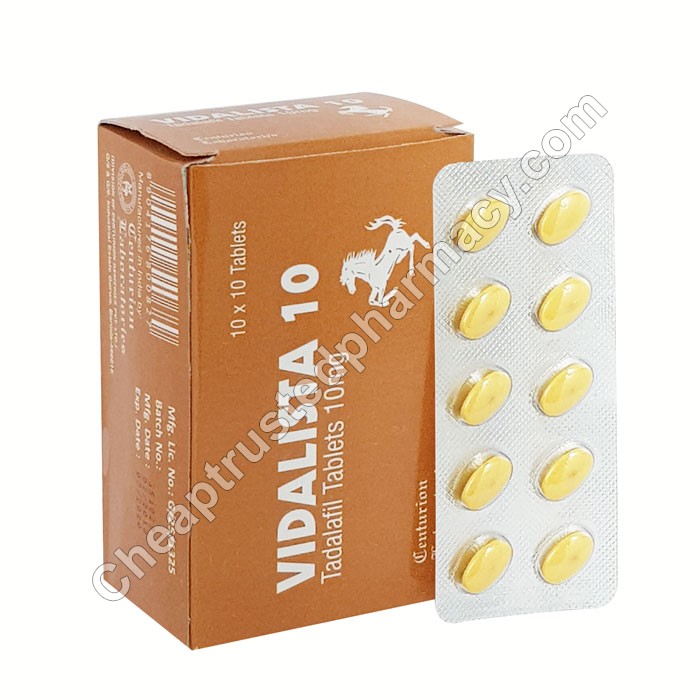In the field of medical technology, the key concern is safeguarding individuals from the harmful effects of radiation emitted by devices. While immediate skin reactions to radiation, such as allergies, burns, and hair loss, are well-known, there are hidden dangers, like DNA damage with the potential to affect future generations, emphasizing the importance of radiation protection. Radiation shields and aprons are crucial in mitigating these risks, especially for medical professionals performing interventional procedures, who face increased radiation exposure.
How to Clean Lead Aprons:
Lead aprons are commonly used in the medical field for radiation protection, but they can develop cracks, vulnerabilities, and stains over time, compromising their effectiveness. To maintain lead aprons, follow these cleaning tips:
- Thorough Inspection: Before cleaning, inspect the apron thoroughly. Check for damage, irregularities in the covers, visible surface damage, lumps, cracks, and issues with belts and fastenings.
- Proper Cleaning: Avoid submerging aprons in water. Instead, wipe them with a cold, damp cloth and mild detergent. Use a soft brush for heavily soiled areas. Use cleaning products that won’t damage the apron’s core material, and consider using hydrogen peroxide for disinfection.
- Appropriate Storage: Don’t fold aprons after use, as this can lead to damage. Hang them on specialized hangers and periodically test them to ensure they maintain their shielding integrity.
Where to Dispose of Lead Aprons:
Proper disposal is crucial for damaged or retired lead aprons to protect both the environment and human health. Follow these steps:
- Recycling Companies: Contact specialized recycling companies that handle lead materials, as they have established protocols for environmentally responsible disposal.
- Hazardous Waste Handling: Local hazardous waste carriers or handling companies may have specific facilities for disposing of lead-containing items like lead aprons.
- Local Landfill: Consult your local landfill for disposal options. Follow any guidelines provided by the landfill for safe disposal.
Regular examinations of lead aprons every 18 to 24 months are recommended to detect the need for repairs or replacement, ensuring the safety of everyone involved in radiology procedures. For further insights and radiation protection accessories that meet industry needs, visit Trivitron Healthcare. Your safety and the protection of future generations depend on these essential measures.





